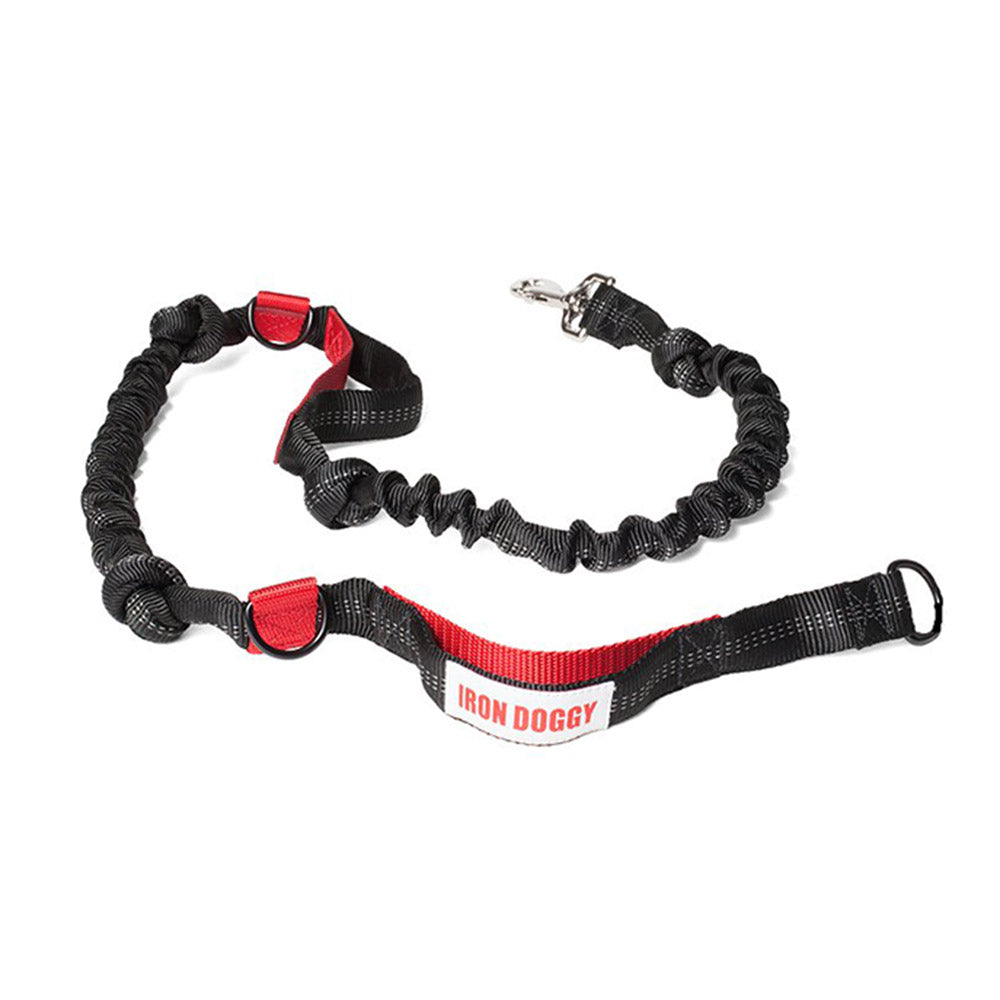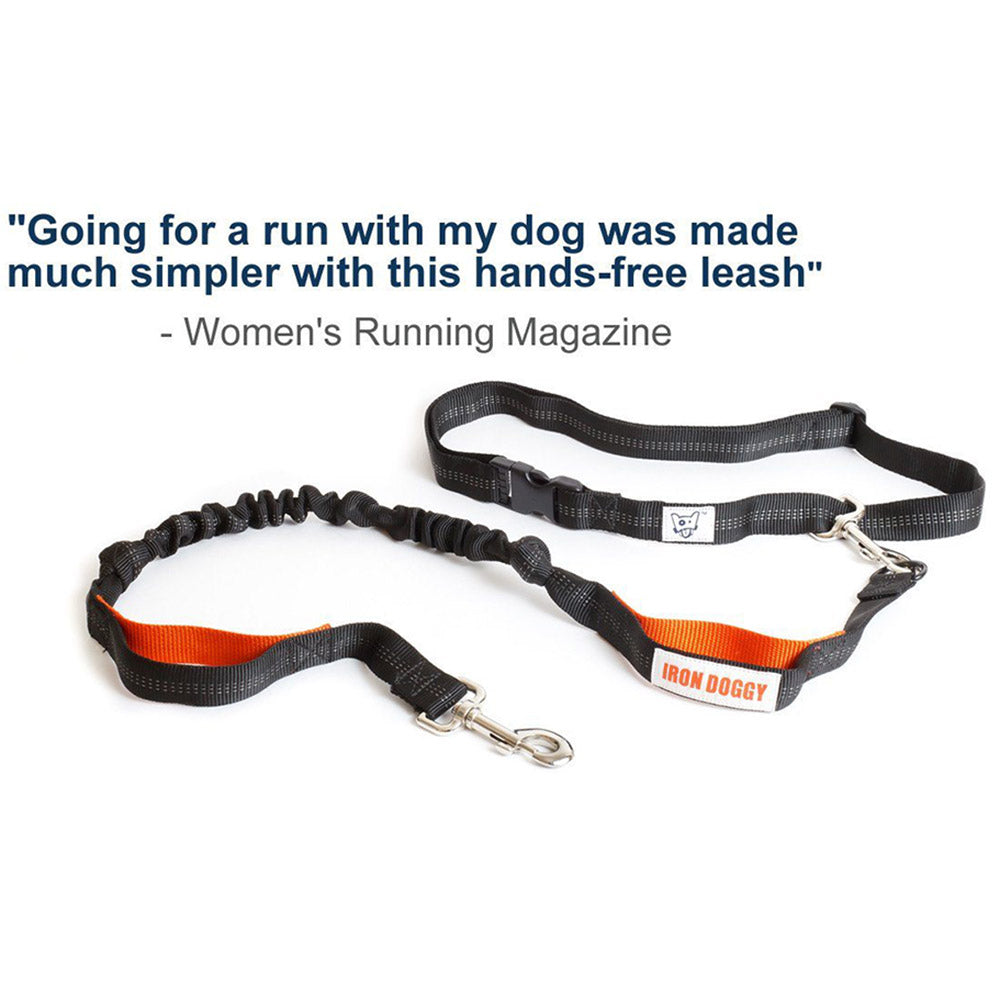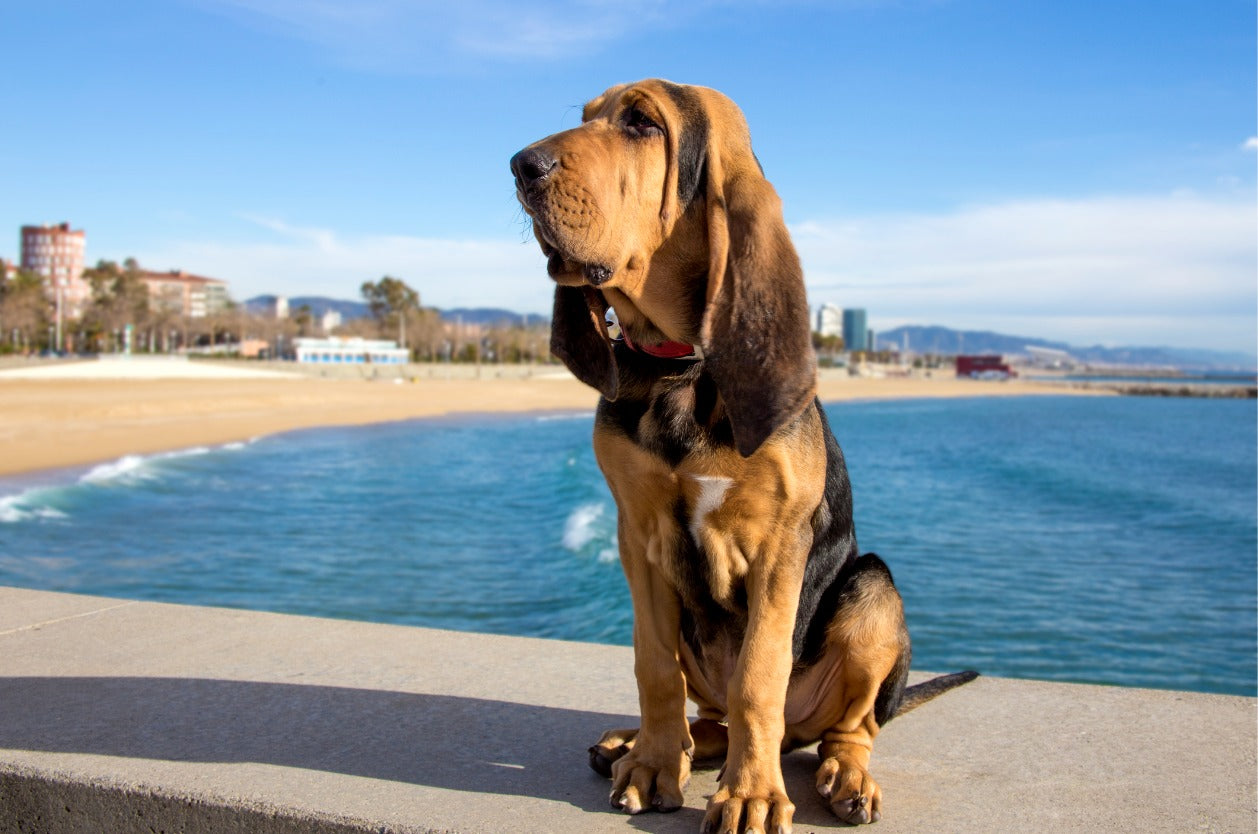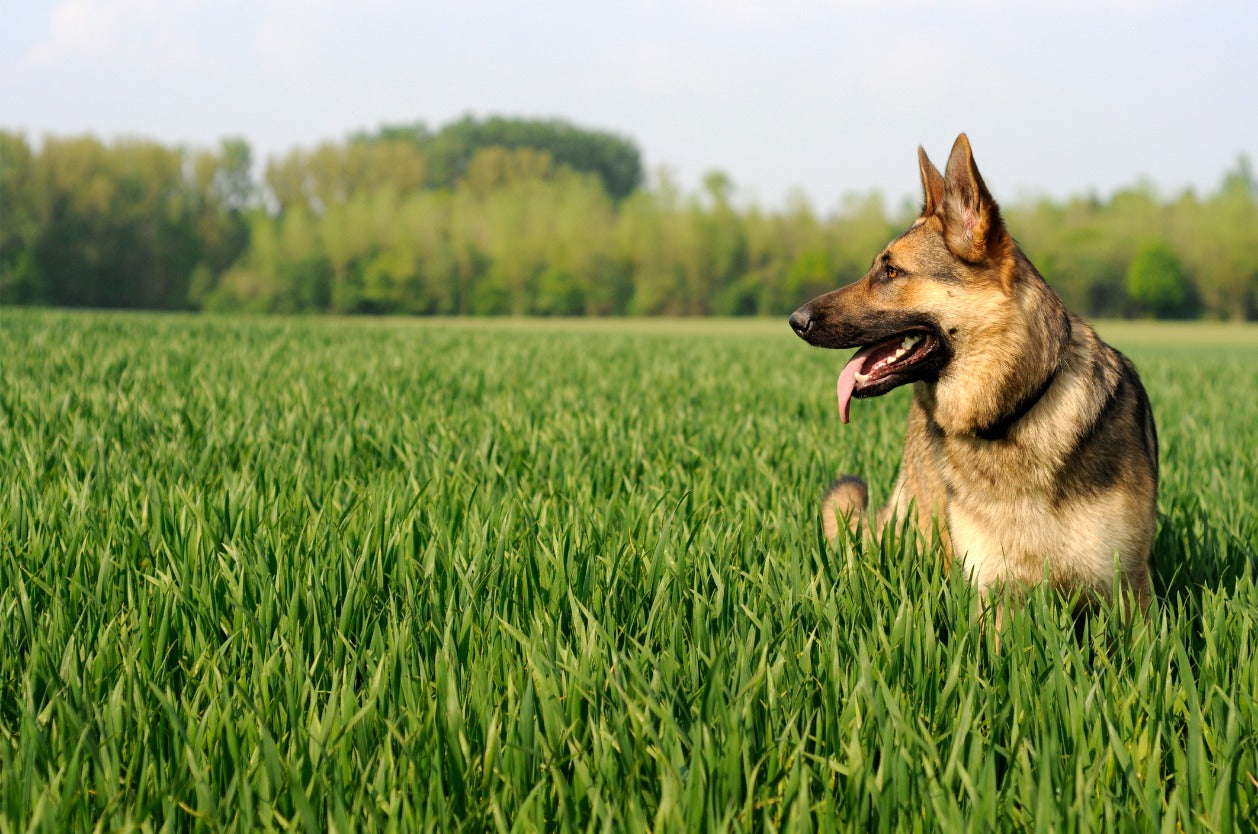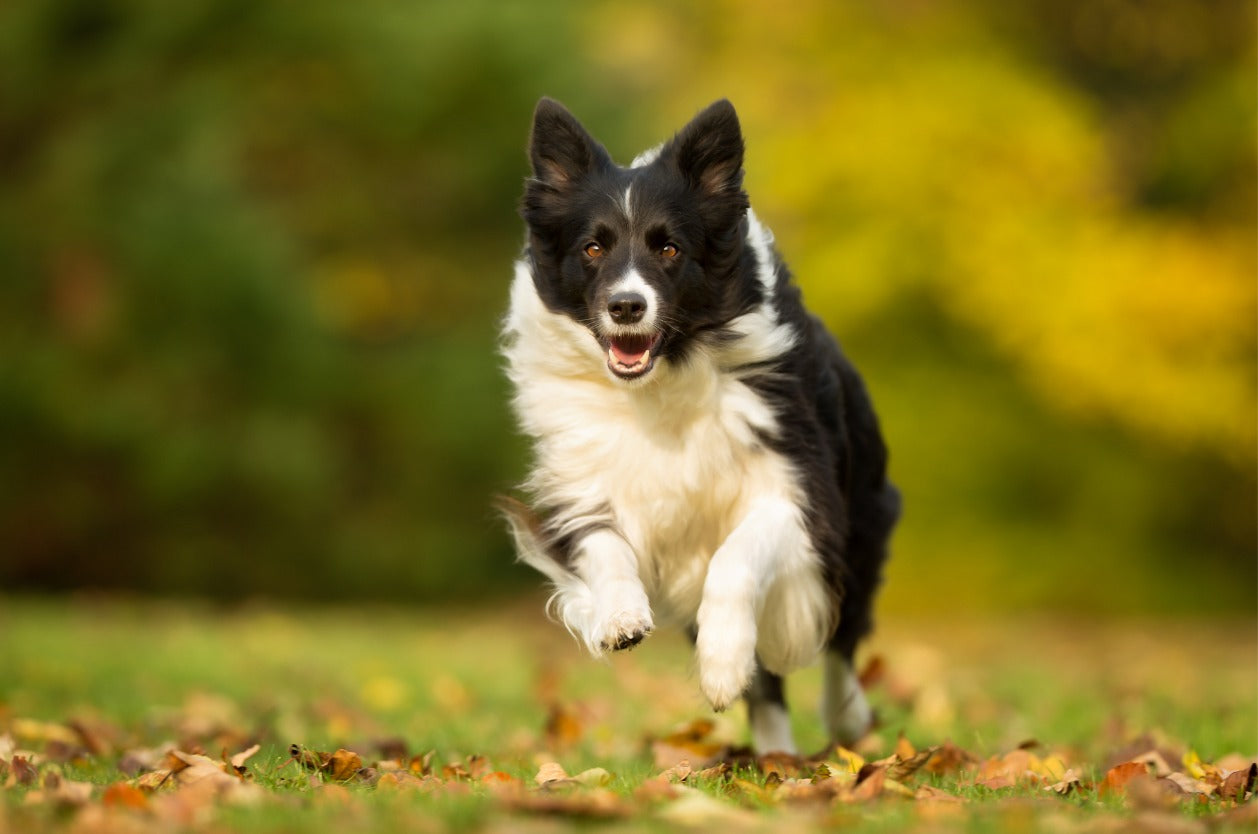
Dogs can be the ultimate running buddy. They have boundless enthusiasm, plenty of energy, and love to spend quality time with you. Running is also a great workout for most dogs, with a wealth of physiological and psychological benefits. Cardiovascular exercise helps them get their heart rate up, improve muscle tone, burn off extra energy and follow their natural instinct to really go for it. Running with a doggy partner also has fantastic health benefits for humans.
But before this dream team can hit the road for some active fun, you need some preparation. Running is normal for dogs, but they still need to build up their endurance before going on an actual run. They also need to learn how to run happily at your side and follow your lead. In short, they need training. The good news is that the training process will still be a lot of fun for both of you.
First Things First: Make Sure Your Dog Is Up For Running
Running is not a suitable hobby for some dogs, including if they're less than 18 months old. Puppies love to be as active as possible, but their bones are not fully formed yet. This makes them prone to injury, and veterinarians recommend waiting until your dog is fully developed before starting a running program. The puppy stage is a great time to go on lots of walks and create the foundation for running together in the future. For example, you can train your puppy to have excellent leash skills and follow basic commands.
You should also stick to walking if your dog is from a short-nosed breed, like Pugs, Bulldogs, Boston Terriers, and Shih Tzus. These adorable companions are just not built for running. The design of their heads and noses makes it hard for these dogs to breathe, and they can easily overheat with exercise. They'll be much happier going for a long walk and exploring their environment, one sniff at a time.
Start Slow: Use Intervals of Walking And Running
The best way to teach dogs any new behavior is to begin gradually. Incorporate short periods of running into your regular walks, and make the running intervals longer over time. The goal is to train your dog to stay right by your side and keep up with your pace. Some dogs will try to go way too fast, while others will be lagging behind. They probably won't realize what you're asking them to do at first! You have to remember that running in one direction, and not even to chase after a squirrel, wouldn't make sense to a dog.
Teach him how to be a runner by using consistent verbal cues that let him know when it's time to run. As well as when it's time to slow down and walk again. Provide plenty of positive reinforcement when your dog responds to the cues correctly, which can be with praise, encouragement, or even treats. Over time, he'll understand that the task is to trot alongside and be your running buddy.
As your dog gets more consistent with keeping up with you, increase the length of the running intervals. But it's important to build up the mileage slowly. Dogs are just like humans--they need to build up their endurance. It can take several weeks before your dog is ready to go for an actual run without any walking breaks. Building up the pace slowly will allow his muscles and joints to adapt to the new activity without strain. This process is something to really enjoy. You'll begin to notice your dog is having a good time while running and has no problem staying by your side.
Ready To Run: Working Your Way Up To Longer Mileage
When the time comes to go on some actual runs, you should still begin the workout with five minutes of walking as a warm-up. Both humans and dogs will benefit from giving their muscles some time to loosen up. Those initial runs should begin at around 10 minutes, going at an easy pace and working your way up to longer lengths. Add on 5-10 minutes every week until you reach a distance that's comfortable for both you and your dog.
Remember that it all depends on how your dog responds to running faster or longer periods. There are dog breeds that absolutely love to run vigorously for long distances, like Dalmatians and Dobermans. Other dogs will thrive with shorter runs at a more gradual pace. Pay close attention to how your dog is doing, and don't push them any further than what they enjoy. You'll be able to develop a sense of whether your running partner loves the experience or if he's tired and wants to go home. Your dog should remain engaged and enthusiastic, as well as responsive to your cues. If you notice he's slowing down or not very focused, that's a sign the run is either too fast or has gone on for too long. If your dog is whining or limping, then it's definitely time to walk home.
Be particularly attentive to how your dog is doing if you're running in warmer weather. Dogs are not as efficient as humans when it comes to staying cool, and they can overheat during exercise. Leave your dog at home if it's a hot day, or stick to going on early morning runs. If you're going to be running on asphalt or concrete, remember the "seven-second rule." That means you touch the concrete with the back of your hand and count to seven seconds. If your skin feels too hot, then it's also too hot for your dog's sensitive little paws.
Get The Right Gear
Finally, make sure you have everything you both need for an enjoyable workout. A hands-free leash is one of the essentials for running with your dog while maintaining a normal running gait. You can keep your running buddy securely by your side while still free to move your arms naturally. Running with something in your hand can cause a slightly lopsided posture, which has the potential to lead to injuries. A hands-free leash also means you won't be accidentally tugging at your dog's collar while moving.
Your running gear should also include a wearable pouch for stashing essentials like your phone, treats, and plenty of dog waste bags. If you're hiking with your dog or going on a longer run, it's essential to also carry water and a collapsible bowl.
Running with your dog is all about starting slowly, being patient, and making it a great experience every step of the way. Soon enough, you'll both be able to hit your stride and enjoy bonding together out on the road. Iron Doggy has a range of high-quality, handcrafted accessories that will help you make the most of every run.
Photo: Dalmatian by Catherine Heath


